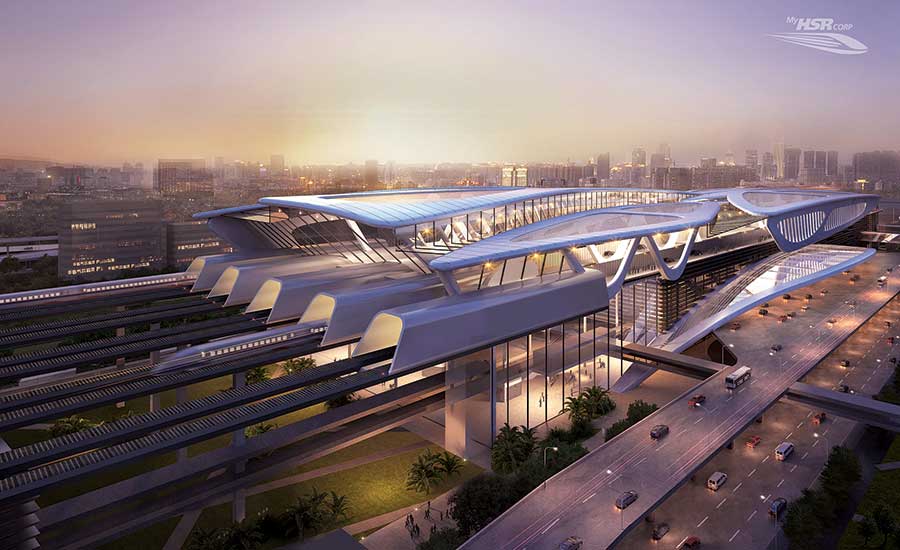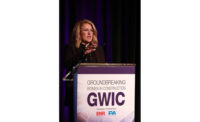Fueled by a growing global population, particularly in urban areas, airport and mass transit projects are providing plenty of opportunities for engineering firms. An increasing emphasis on smart cities is being accelerated by disruptive technologies, such as connected and automated vehicles, which will have a profound, if not-yet-clear impact, on existing and new infrastructure.
While governments and companies in mature global markets, including Europe, the Middle East and cities in Asia, continue to revamp and expand airports, mass transit and high-speed rail, there are more opportunities in sub-Saharan Africa, including basic, “connect-the-dots” highways, notes Jim Stamatis, president and CEO of Louis Berger. Moreover, he says, “India probably has the biggest backlog and need for every mode of transportation.” Louis Berger is involved in the planning of the $90-billion Delhi-Mumbai Industrial Corridor, which will include 24 industrial regions, eight smart cities, two airports, five power projects, two mass rapid-transit systems and two logistical hubs.
Another ambitious program is taking shape in Mexico City, where a $14-billion greenfield airport is rising on a dry lake bed. “Engineering-wise, it is one of the great programs of my generation,” says Mike Johnson, infrastructure group president with Parsons Corp., the program manager. Farther from home, Parsons is wrapping up program management of the new, $9.4-billion Abu Dhabi airport complex. Indeed, there is no shortage of airport work in Asia and Europe. “There is a growing middle class in Asia, with increasing opportunities to travel,” notes Johnson.
Hoping to create a hub for that growth, Singapore’s government has embarked on a massive expansion of Changi airport, including a new, 1,080- hectare Terminal Five and a lengthened third runway, to 4 kilometers from 2.75 km. Further, a new complex—the 10-floor, $1-billion Jewel Changi Airport—will feature restaurants, shopping, indoor public gardens, waterfalls and myriad other attractions.
Just this fall, the Netherlands’ Schiphol airport selected Kaan Architects’ design for a 100,500-sq-ft terminal and modernization. Similar ambitious expansions are underway throughout Europe and Asia, driven by global competition to be aviation hubs, notes John J. Batten, global cities director for Arcadis.
Tracks and Technology
No less ambitious are mass transit programs. “One of the interesting markets that is emerging for us is New Zealand,” notes Dave McAlister, global director of transport and infrastructure for WSP. “We hadn’t thought of New Zealand as a big transit market until two months ago,” when a pro-transit government took power, he observes.
WSP, Mott MacDonald and Ernst & Young are providing support to the joint project team of Malaysia’s MyHSR and Singapore’s Land Transport Authority on a planned 350-km high-speed-rail line that will link the two countries. McAlister also notes high-speed expansions in the U.K. and a 285-mile magnetically levitated line under construction between Tokyo and Nagoya.
Disruptive technologies are changing the way engineers and contractors think about highway and bridge work. “There are blurred lines in our competitive space between technology and transportation providers,” says Johnson. “The advent of 5G, artificial intelligence, machine- learning and cloud computing will push the parameters of a bridge or highway design.”
Batten notes that the worldwide push for smart, connected cities that “talk” with connected vehicles creates a need for new support infrastructure, especially in Asia and Europe. “There is a whole charging infrastructure required,” he says. “Filling-station infrastructure has to be upgraded. There is a movement now toward 350-kW stations, where it takes only five minutes to recharge your electric vehicle.”
The design of new roads will evolve, including road infrastructure that recharges an idling car as well as digital tools that keep the infrastructure and vehicle constantly connected to data.
Batten says, “The days of dumb infrastructure are over.”






Post a comment to this article
Report Abusive Comment